What Misconceptions About Mold We Still Believe
There are many myths around mold that often confuse people. Some people get really scared of the emergence of mold, while others, on the contrary, don’t pay much attention to it.
5-Minute Crafts decided to bust some popular myths about mold and explain whether you should worry if it appears in your home.
What mold is all about
Mold consists of microscopic fungi that form a branching mycelium without large bodies visible to the naked eye.
Mold is a fungus that feeds on the material it grows on. It secretes special enzymes that destroy organic compounds and roots deeper and deeper in the surface on which it grows over time.
Mold mainly feeds on organic compounds, so it can grow on parts of plants, trees, and animal remains. However, some non-organic compounds can become food for fungi as well.
Myths about mold
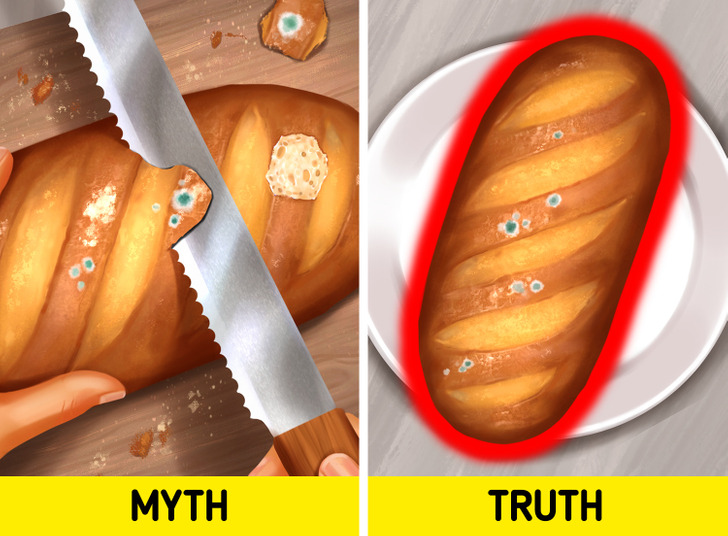
- Myth #1: Mold grows only on food surfaces, which is why one can remove the affected parts and then eat the product.
Mold can be compared to icebergs: we can see a part of it on the surface of a product, but the actively growing mycelium of fungi can get deep inside the product. In dangerous molds, the toxins are usually found in and around the fungi threads themselves, but in some cases, they can spread throughout the product. Since you are unlikely to be able to determine the degree of food damage at home, as well as distinguish dangerous mold from non-dangerous mold, on no account should you eat a moldy product.
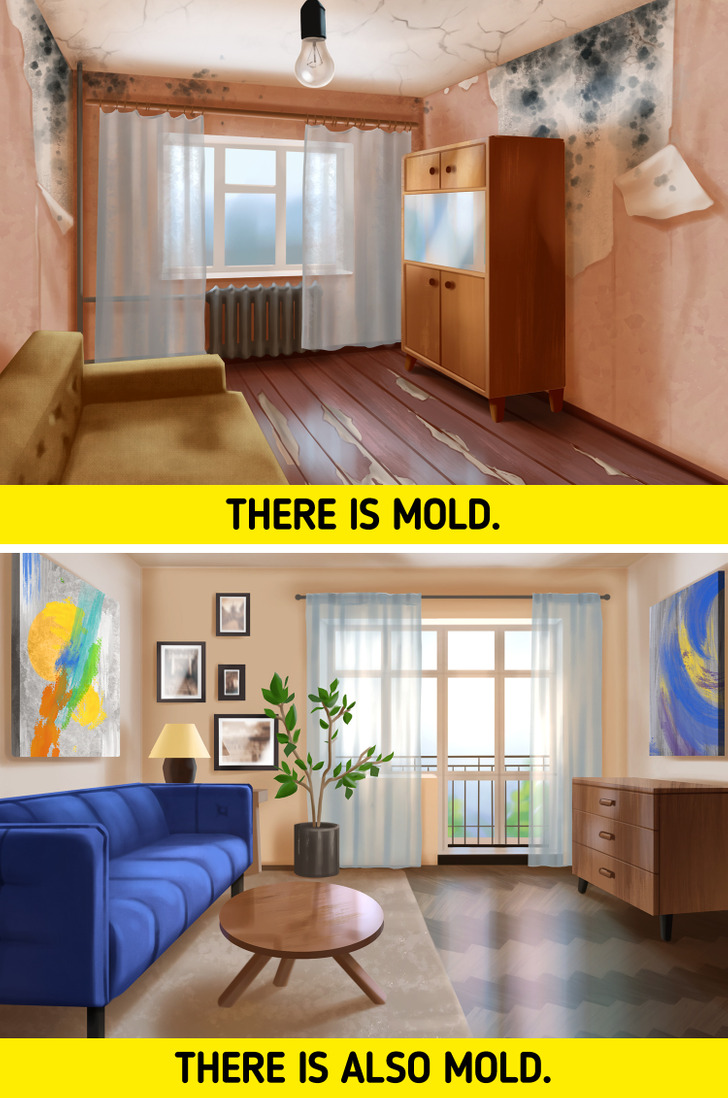
- Myth #2: Mold appears only in unkempt homes.
In fact, spores of mold can be almost anywhere, including the air that we breathe. It’s almost impossible to get rid of them completely. However, only a large amount of mold that has grown into a colony can start destroying your home and be dangerous for your health.
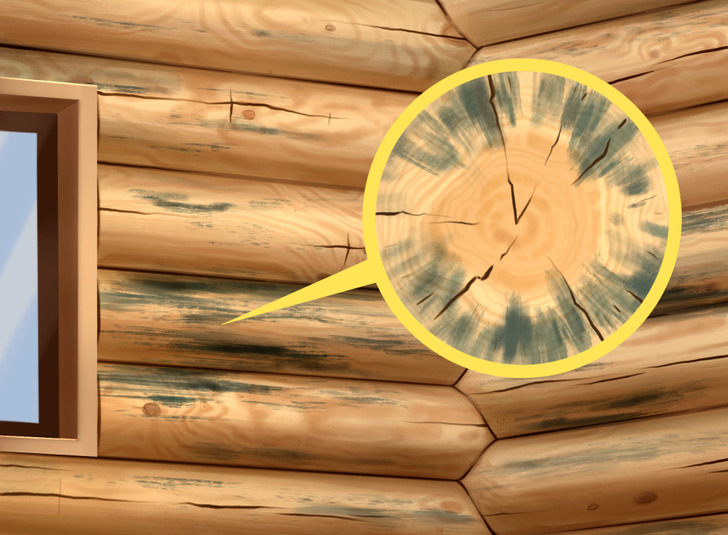
- Myth #3: Mold is always visible.
Not all types of mold are visible. It’s hard to spot some of them with a naked eye. A musty smell, which indicates the presence of moisture and possibly mold spores, can be an indicator of its presence.
❗ Don’t smell moldy objects: spores of some mold types can be dangerous.
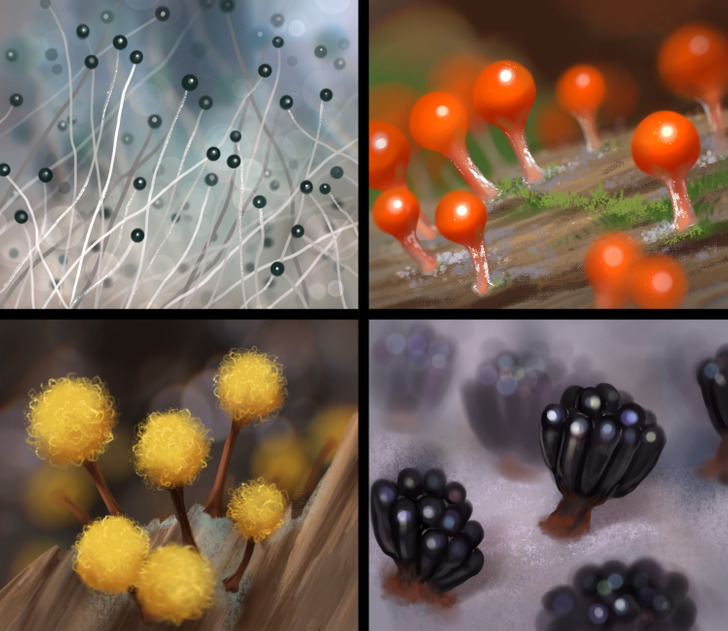
- Myth #4: You can distinguish pathogenic mold from safe mold yourself.
There are numerous types of mold, from dozens to hundreds of thousands, according to different sources. With such a variety of types of mold, it’s almost impossible to identify each of them.
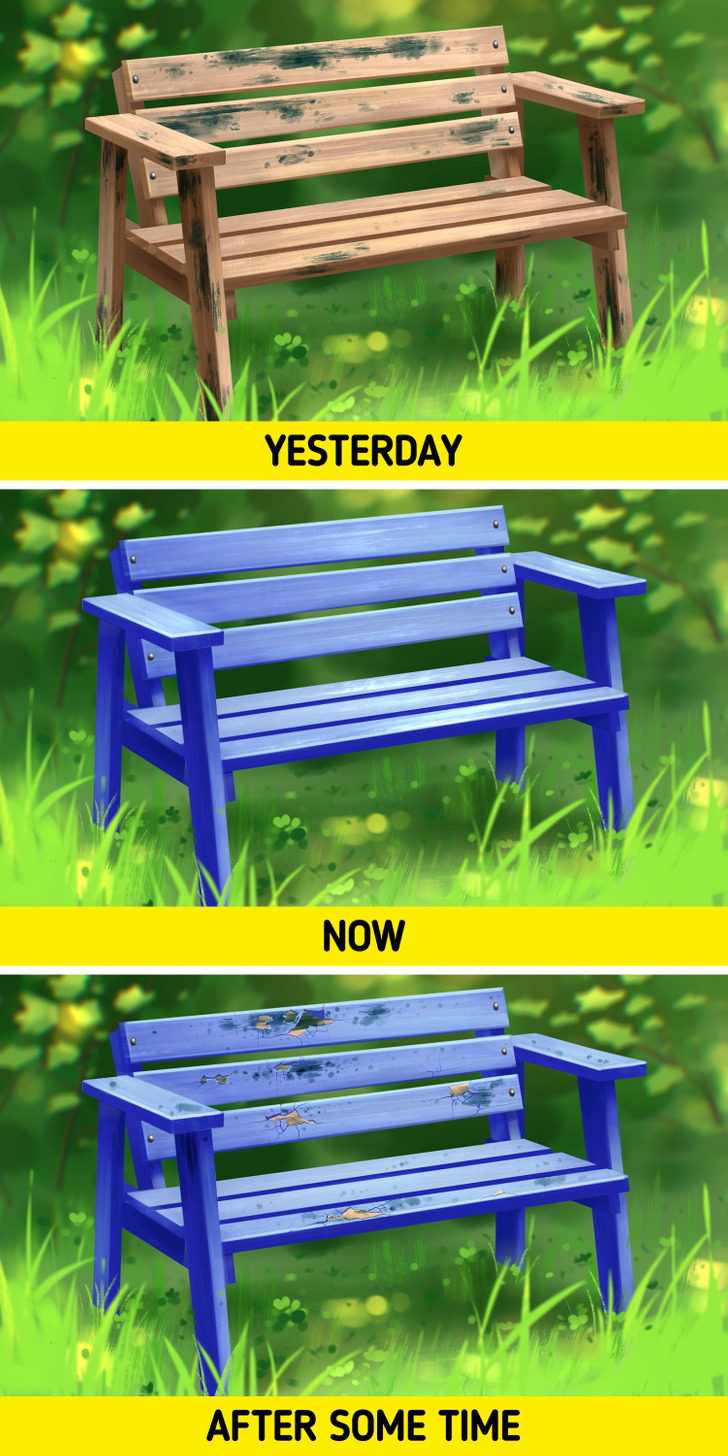
- Myth #5: You can process the affected surface with bleach or paint it to fight the mold.
Painting a surface won’t protect it from further destruction by mold. It’s always necessary to remove the mold before painting. Otherwise, in several months, you’ll notice that the paint has started to flake off and the mold is coming through it.
Bleach can be helpful in fighting some types of mold, however, it can’t always eliminate the issue, especially if the branch of mold has grown deep inside the object.
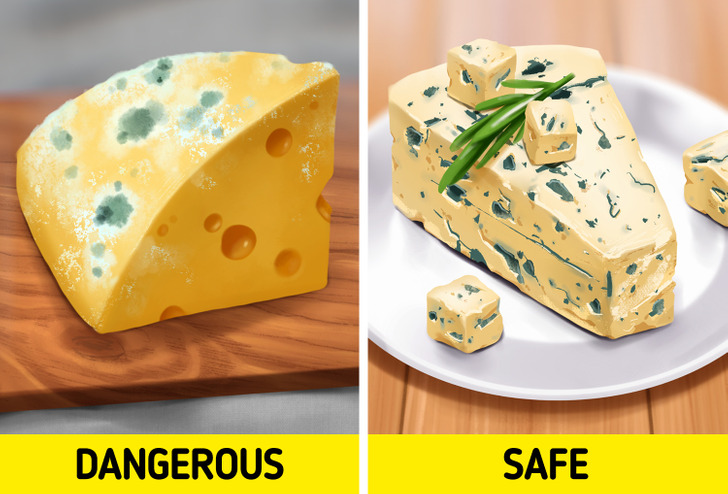
- Myth #6: Cheese with mold can be dangerous.
The manufacturers of certain types of cheeses use special food molds. Cheeses, such as Roquefort, blue, Gorgonzola, and Stilton, are all created by adding spores of the blue mold, Penicillium roqueforti, to the cheese, while Camembert and Brie have white surface molds. The types of mold used in the production of cheeses are safe to eat.
❗ Don’t mix cheeses made with mold with moldy cheese. In the first case, the mold is added to the surface of the product intentionally, which is why it’s safe. But you should not consume any cheese that gets moldy during storage.
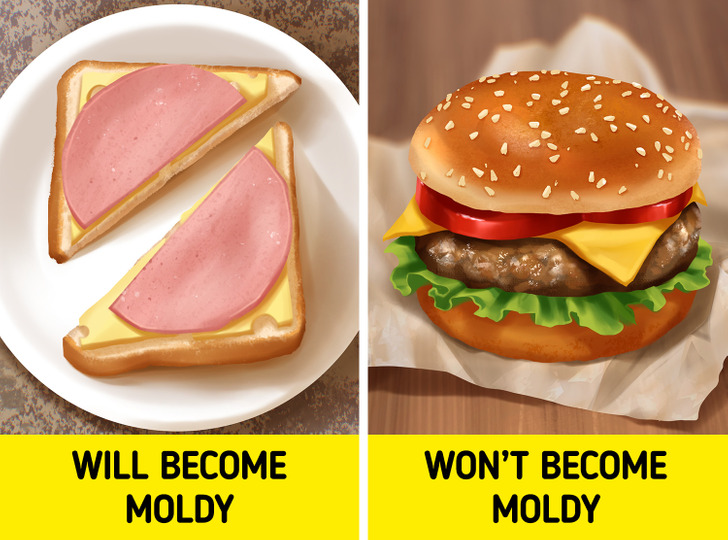
- Myth #7: All products are equally susceptible to getting affected by mold.
In fact, mold needs only 3 conditions to be able to grow: organic matter, water, and oxygen. Therefore, mold can grow on a wide variety of foods, including very salty, sweet, and sour foods. However, scientists have found that dishes from fast food restaurants are practically never affected by mold. This is due to the processing that the products undergo during cooking. For example, hamburgers don’t get moldy, they just get old.
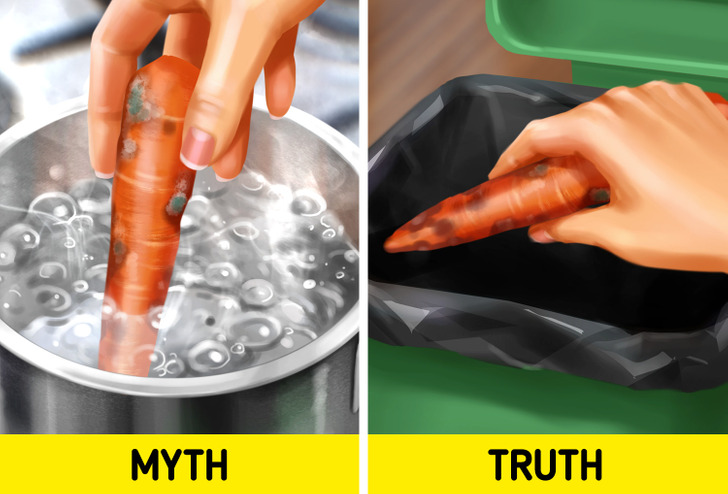
- Myth #8: Exposure to high temperatures kills mold on food, so some moldy foods can be boiled and then used.
Despite the fact that many types of mold really do die when exposed to high temperatures (from 140°F-160°F), micro toxins produced by some types of fungi can withstand boiling. This means that heat treatment can kill the mold, but it won’t necessarily destroy the toxic substances that remain in the food affected by it.
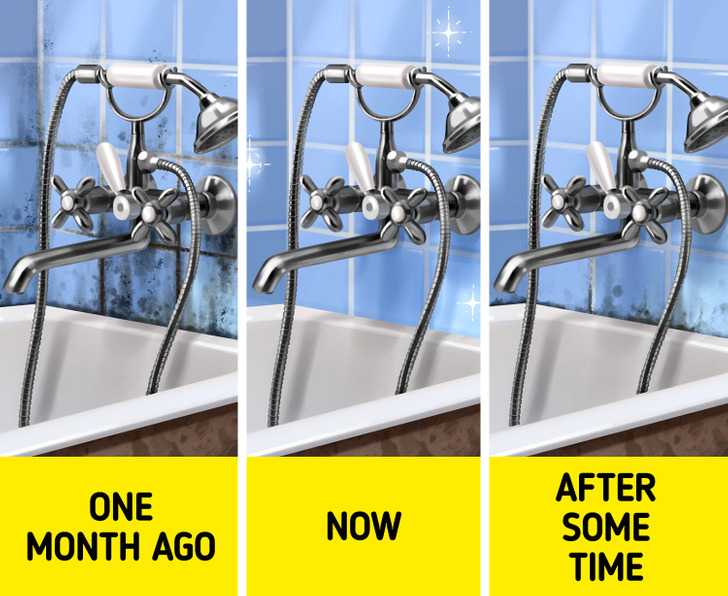
- Myth #9: It’s possible to get rid of mold at home once and forever.
Unfortunately, removing mold doesn’t mean getting rid of it forever. If you don’t eliminate the reason for the appearance of fungi, such as increased humidity or long exposure to water, the mold can return.
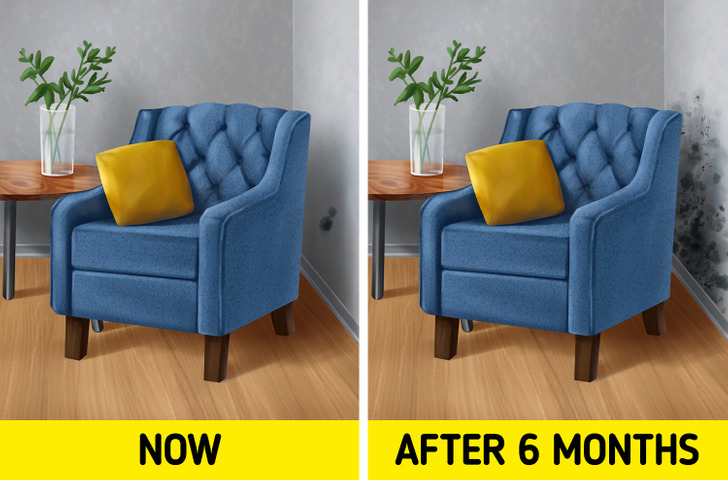
- Myth #10: Mold at home is only a cosmetic defect, and a small spot won’t cause any harm.
Though a small spot of mold is no reason to start panicking, it can still significantly increase in size over time and become a serious issue if proper measures aren’t taken. Moreover, something that may look like a small speck on the outside can actually be much larger inside. Don’t forget that the visible part of the colony is not the entire mold it contains.
When leaving a visible colony of mold in your home, remember that some types of mold can cause allergic reactions, provoke breathing problems, and produce toxic substances called mycotoxins.